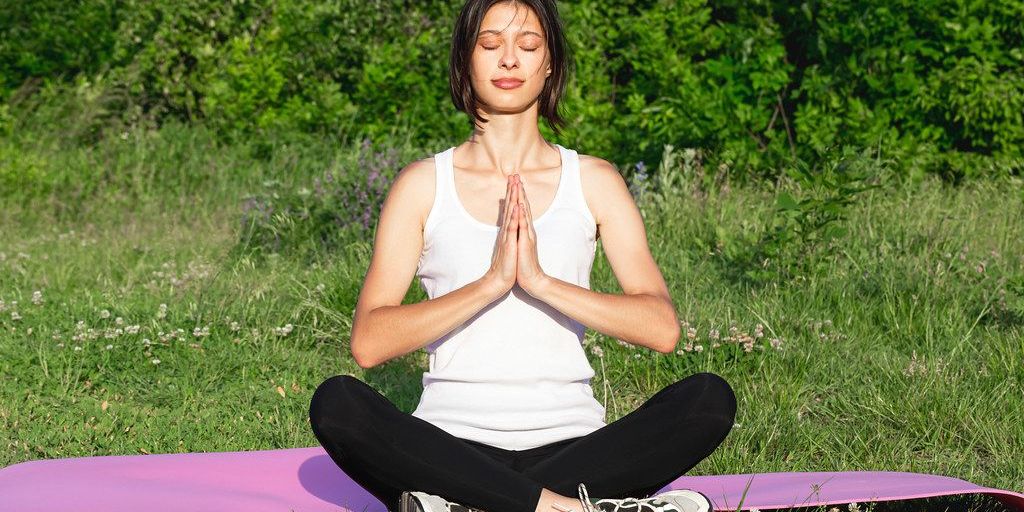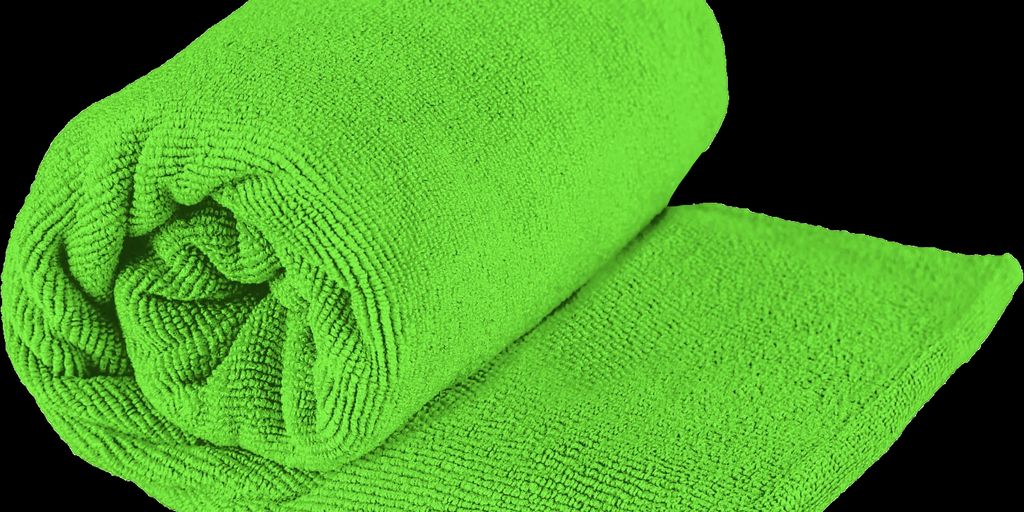
Finding the Perfect Yoga Mat: Targeting Your Needs and Preferences
Choosing the perfect yoga mat is essential for enhancing your practice and ensuring comfort, support, and durability. With a wide variety of options available, it's important to consider your specific needs and preferences to find a mat that suits your style, environment, and budget. This article will guide you through the key factors to consider when selecting a yoga mat, helping you make an informed decision.
Key Takeaways
- Understand the different types of yoga mats, including material options, thickness, and eco-friendly choices.
- Identify your yoga practice needs by considering the style of yoga, indoor vs. outdoor use, and travel requirements.
- Evaluate comfort and support factors such as grip, joint protection, and temperature regulation.
- Consider the durability and maintenance of the mat, including material longevity, ease of cleaning, and storage solutions.
- Budget wisely by balancing price and quality, exploring affordable options, and considering investment pieces.
Understanding Different Types of Yoga Mats
When it comes to finding the perfect yoga mat, understanding the different types available is crucial. Each type of mat offers unique benefits tailored to various needs and preferences. This guide will help you navigate through the options, ensuring you make an informed decision.
Material Options
Yoga mats come in a variety of materials, each with its own set of advantages. PVC mats are known for their durability and stickiness, making them a popular choice for many practitioners. On the other hand, natural rubber mats offer excellent grip and are eco-friendly, though they may be heavier. TPE mats provide a balance between comfort and sustainability, while cork mats are praised for their natural feel and antimicrobial properties.
Thickness and Cushioning
The thickness of a yoga mat can significantly impact your practice. Thicker mats, typically around 6mm, offer more cushioning, which is ideal for those who need extra joint support. Conversely, thinner mats, around 3mm, provide better stability and are often preferred for styles of yoga that require more balance and grounding.
Eco-Friendly Choices
For the environmentally conscious yogi, there are several eco-friendly yoga mat options. Mats made from natural rubber, cork, or jute are biodegradable and free from harmful chemicals. These mats not only support your practice but also contribute to a healthier planet.
Choosing the right yoga mat involves considering various factors, from material and thickness to eco-friendliness. By understanding these options, you can conveniently locate the perfect yoga mat near you.
Identifying Your Yoga Practice Needs
Styles of Yoga and Their Requirements
Different styles of yoga have unique requirements for mats. For instance, hot yoga demands a mat with excellent grip and moisture absorption, while restorative yoga benefits from thicker, more cushioned mats. Understanding your practice style helps in selecting the right mat.
Indoor vs. Outdoor Use
When practicing yoga indoors, you might prioritize mats with better grip and cushioning. However, for outdoor yoga, durability and ease of cleaning become crucial. Consider where you will be practicing most often to make an informed choice.
Travel-Friendly Mats
For yogis on the go, travel-friendly mats are a must. These mats are typically lightweight and foldable, making them easy to carry. Look for mats that offer a balance between portability and comfort, ensuring you can practice effectively wherever you are.
Identifying your yoga practice needs is essential for finding the perfect yoga mat. Whether you practice indoors or outdoors, or need a travel-friendly option, understanding your requirements will guide you to the best choice.
Evaluating Comfort and Support
When it comes to choosing the right yoga mat, assessing your yoga style and body's needs is essential in selecting a mat that offers the right support and comfort. Grip and traction are important factors to consider, especially if you practice styles like Vinyasa or Ashtanga that involve a lot of movement. A mat with good grip will prevent slipping and help you maintain stability in your poses.
Joint Protection
For those with sensitive joints, the level of cushioning in a yoga mat can make a significant difference. Mats with extra thickness provide better shock absorption, which is crucial for protecting your knees, wrists, and other joints during practice.
Temperature Regulation
Some mats are designed with materials that help regulate temperature, ensuring that you stay comfortable whether you're practicing in a hot studio or a cooler environment. This feature can be particularly beneficial for those who practice Bikram or hot yoga.
Finding a mat that balances comfort, support, and the specific needs of your practice can enhance your overall yoga experience.
Considering Durability and Maintenance
Longevity of Materials
When choosing a yoga mat, it's essential to consider the longevity of materials. Mats made from high-quality PVC or natural rubber tend to last longer and withstand regular use. If you're practicing daily, investing in a durable mat can save you money in the long run.
Ease of Cleaning
Maintaining a clean yoga mat is crucial for hygiene and durability. Look for mats that are easy to clean with a simple wipe-down or those that are machine washable. Consider durability, eco-friendliness, and easy cleaning when choosing a yoga mat.
Storage Solutions
Proper storage can extend the life of your yoga mat. Store your mat in a cool, dry place away from direct sunlight to prevent material degradation. Using a mat bag or strap can also help keep your mat in good condition and make it easier to transport.
Regular maintenance and proper storage are key to ensuring your yoga mat remains in top condition for years to come.
Budgeting for Your Yoga Mat
Price vs. Quality
When it comes to yoga mats, price often reflects quality. Higher-priced mats usually offer better durability, grip, and comfort. However, there are also mid-range options that provide excellent value for money. It's essential to balance your budget with your needs to find the perfect mat.
Affordable Options
For those on a tight budget, there are plenty of affordable yoga mats that still offer good performance. Brands like Gaiam and BalanceFrom provide mats that are both cost-effective and reliable. Look for sales and discounts, especially during holiday seasons, to get the best deals.
Investment Pieces
If you're serious about your yoga practice, investing in a high-quality mat can be worthwhile. Premium brands like Lululemon and Manduka offer mats that are designed to last for years, providing superior grip and cushioning. These mats may come with a higher price tag, but their longevity and performance make them a smart investment.
Investing in a high-quality yoga mat can significantly enhance your practice, offering better support and durability over time.
Exploring Aesthetic Preferences
When it comes to choosing a yoga mat, aesthetics can play a significant role in your decision. Choosing the right patterns and prints can significantly enhance your yoga practice. From mandalas to geometric shapes, the design of your mat can reflect your personal style and even inspire your practice.
Color and Design
The color of your yoga mat can affect your mood and energy levels. Bright colors can invigorate your practice, while calming hues can help you relax. Consider what kind of energy you want to bring to your practice when selecting a color.
Texture and Feel
The texture of your yoga mat can impact your grip and comfort. Some mats have a smooth surface, while others have a more textured feel. Think about what kind of surface you prefer under your hands and feet during your practice.
Personalization Options
Many brands offer personalization options, allowing you to add your name or a motivational quote to your mat. This can make your mat feel more special and uniquely yours.
Choosing the right patterns and prints can significantly enhance your yoga practice. From mandalas to geometric shapes, the design of your mat can reflect your personal style and even inspire your practice.
Shopping at Target for Your Yoga Mat
When it comes to finding the perfect yoga mat, Target offers a variety of options that cater to different needs and preferences. Whether you're looking for affordability, durability, comfort, or eco-friendliness, Target has something for everyone.
Exclusive Brands
Target features exclusive brands that provide high-quality yoga mats at competitive prices. These brands often include unique designs and materials that you won't find elsewhere.
Customer Reviews
Reading customer reviews can be incredibly helpful in making your decision. Target's website includes detailed reviews from other buyers, giving you insights into the pros and cons of each mat.
In-Store vs. Online Shopping
Shopping for your yoga mat at Target can be done both in-store and online. While online shopping offers the convenience of free shipping and a wider selection, visiting a store allows you to feel the mats and assess their quality firsthand.
Target yoga mats offer affordability, durability, comfort, and eco-friendliness. Free shipping, warranty, and customer support provided.
Shopping at Target for your yoga mat? Discover a world of high-quality, stylish yoga mats at Yune Yoga! Whether you're looking for natural rubber mats, eco mats, or foldable travel mats, we have something for everyone. Don't miss out on our exclusive collections and special offers. Visit our website today and elevate your yoga practice!
Conclusion
Finding the perfect yoga mat is a personal journey that involves understanding your unique needs and preferences. By considering factors such as material, thickness, texture, and eco-friendliness, you can make an informed decision that enhances your practice. Remember, the right yoga mat can significantly impact your comfort, stability, and overall experience. Take the time to explore different options, read reviews, and perhaps even test a few mats before making your final choice. Your ideal yoga mat is out there, waiting to support you on your path to wellness and mindfulness.
Frequently Asked Questions
What material is best for a yoga mat?
The best material for a yoga mat depends on your personal preferences and needs. Common materials include PVC, rubber, TPE, and natural fibers like jute and cotton. Each material has its pros and cons in terms of durability, grip, and eco-friendliness.
How thick should my yoga mat be?
The thickness of your yoga mat should be based on your comfort and the type of yoga you practice. Standard mats are about 1/8 inch thick, while thicker mats (1/4 inch) provide more cushioning for joint protection. Travel mats are usually thinner for portability.
Are eco-friendly yoga mats worth it?
Eco-friendly yoga mats are worth considering if you are environmentally conscious. They are made from sustainable materials and are biodegradable. However, they may be more expensive than conventional mats.
Can I use the same yoga mat for different styles of yoga?
Yes, you can use the same yoga mat for different styles of yoga, but it's important to choose a mat that meets the demands of your primary practice. For example, a mat with good grip is essential for hot yoga, while extra cushioning might be beneficial for restorative yoga.
How do I clean and maintain my yoga mat?
To clean your yoga mat, use a mild detergent and water solution, or a specialized yoga mat cleaner. Wipe it down with a damp cloth and let it air dry. Regular cleaning helps maintain hygiene and prolongs the life of your mat.
What should I consider when buying a yoga mat on a budget?
When buying a yoga mat on a budget, consider the balance between price and quality. Look for mats that offer good grip, durability, and comfort without breaking the bank. Reading customer reviews and opting for reputable brands can also help you make a wise choice.


